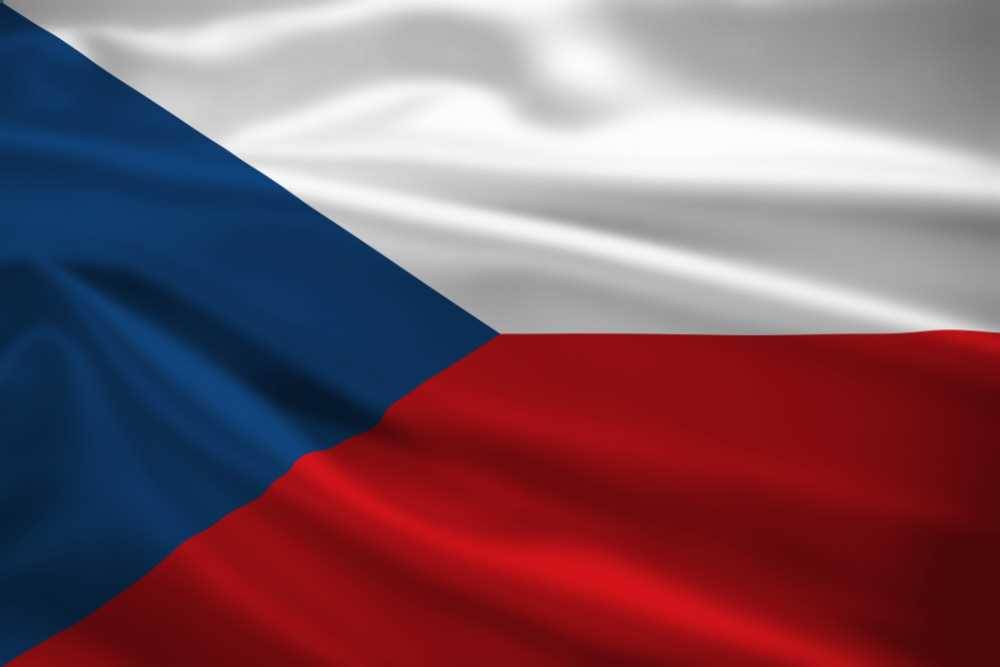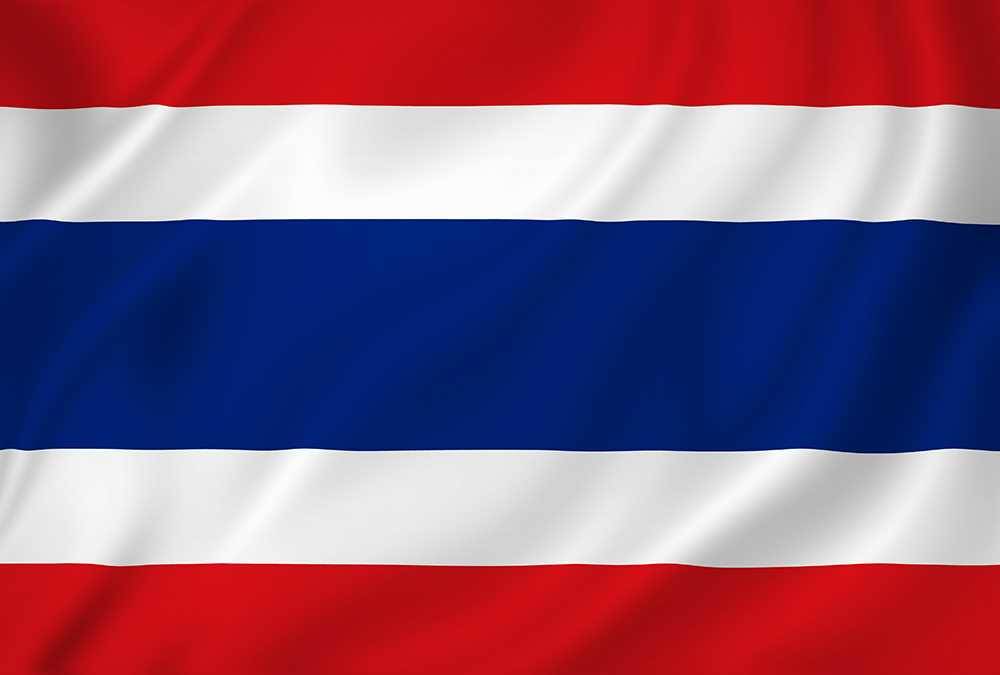EnviroMail 150 Australia
Spotlight on emerging contaminants - Triclosan
Recently, the New South Wales Government, Department of Planning and Environment issued a review of its biosolids guidelines, specifically including triclosan.

Triclosan is an emerging environmental pollutant belonging to a group of endocrine disrupting chemicals which are toxic to humans and other organisms. It is found in many commercial products such as mouthwash, toothpaste and disinfectant due to its antibacterial and antifungal properties. Considering widespread use and disposal of these types of products, wastewaters are the main source of triclosan in the aquatic environment.
As wastewater treatment may not always completely remove triclosan, residues can reach surface water and even groundwater. Triclosan also has the potential to accumulate in sediment and aquatic organisms. Due to the high lipophilicity of triclosan, it is easily adsorbed into sewage sludge and can be found in biosolids and agricultural soils, presenting a high risk for entering the food chain. The proposed contaminant thresholds are summarised in Table 1 below.
The NSW review nominated risk-based contaminant thresholds for unrestricted use biosolids, restricted use biosolids and maximum allowable soil contaminant concentrations (MASCCs) at 3 margins of safety. As a result, ALS has developed and validated a sensitive, isotopedilution, LC-MS/MS method for the determination of triclosan in water, biosolids and biosolid amended soils.
TABLE 1: Risk-based contaminant thresholds for unrestricted use biosolids, restricted use biosolids and maximum allowable soil contaminant concentrations (MASCCs) at 3 margins of safety (all concentrations shown in μg/kg dw)
| Margin of safety | Unrestricted use threshold | Restricted use threshold | MASCCs |
| 5 | 13 | 350 | 13 |
| 2 | 32 | 870 | 32 |
| 1 | 65 | 1,700 | 65 |
Importantly, the method developed by ALS Australia provides sufficient sensitivity across all matrices to facilitate evaluation of contamination to the highest margin of safety. To request triclosan analysis please note method code EP268 on chains of custody and analysis request documentation.
| Compound | CAS No. | LOR water (μg/L) | LOR Biosolid (μg/L) |
| Triclosan | 3380-34-5 | 0.1 | 5 |
Water samples should be submitted for analysis in a 100mL orange amber unpreserved glass bottle chilled to <6degC with biosolids and biosolid amended soils be submitted in a standard clear glass sampling jar. While there is no demonstrated maximum holding time it is recommended that analysis be commenced within seven days of sampling.
Get in touch with us
Should you require triclosan analysis in any of the environmental matrices noted above, please don’t hesitate to get in contact with us via the details below.
Contact us at one of our leading environmental services laboratories on the details below.
Brisbane
Sydney
Melbourne
Perth
Download as a PDF























































